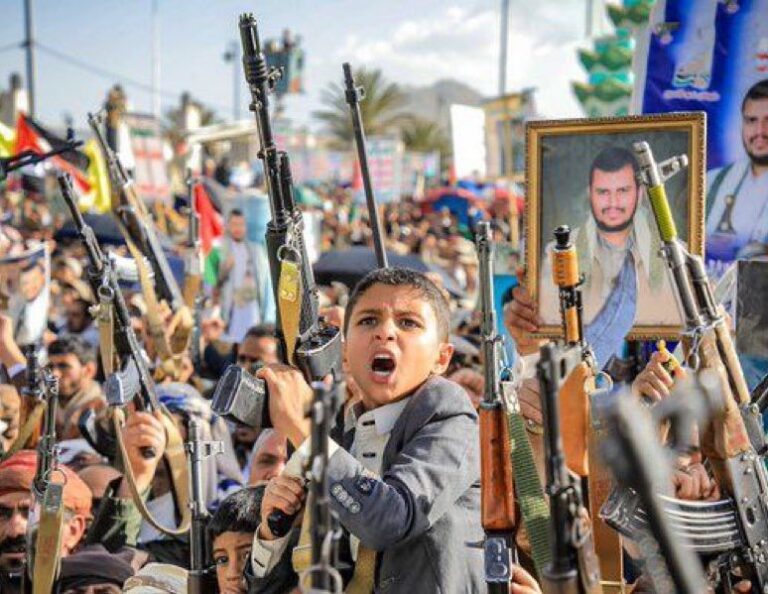The probability of a conflict between Israel and Yemen’s Houthi rebels has escalated from potential to active engagement. Recent events indicate that hostilities are already underway, with both parties conducting offensive operations against each other.
The conflict between Israel and the Houthis has significant potential for escalation, particularly given the overlapping interests of regional and global powers. De-escalation would require robust diplomatic efforts, likely involving the U.S., Saudi Arabia, and other international stakeholders, to contain the violence and address the root causes of the hostilities.
Recent Developments:
- Houthi Attacks on Israel: The Houthi movement has launched missiles and drones targeting Israel, aligning themselves with the “Axis of Resistance” led by Iran. These attacks are intended to demonstrate their commitment to anti-Israel rhetoric and to support Palestinian causes.
- Israeli Airstrikes in Yemen: In response to Houthi aggression, Israel has conducted airstrikes on Houthi targets in Yemen, including the capital, Sanaa, and the port city of Hodeida. These strikes aim to deter further Houthi attacks and to signal Israel’s red lines in the region.
Factors Contributing to the Conflict:
- Iranian Influence: The Houthis receive support from Iran, which seeks to expand its influence in the region and challenge Israeli and Western interests. This relationship emboldens the Houthis to engage in hostilities against Israel.
- Regional Dynamics: The Houthis’ involvement in the Israel-Hamas conflict reflects their desire to be recognized as a significant player in the Middle East, aligning with other Iranian-backed groups like Hezbollah.
Strategic Objectives: By attacking Israeli-linked ships and launching missiles toward Israel, the Houthis aim to disrupt Israeli economic interests and assert their presence in regional geopolitics.
Implications:
- Escalation Risks: The ongoing exchange of attacks increases the risk of a broader regional conflict, potentially drawing in other nations and destabilizing the Middle East further.
- Maritime Security Threats: Houthi attacks on vessels in the Red Sea pose significant threats to international shipping routes, potentially leading to economic disruptions.
- Humanitarian Concerns: Israeli airstrikes in Yemen may exacerbate the humanitarian crisis in the country, which is already facing severe challenges due to prolonged civil war.
In conclusion, the conflict between Israel and the Houthi rebels has transitioned from a probable scenario to an active confrontation, driven by regional alliances, strategic calculations, and ideological motivations. The situation remains volatile, with significant implications for regional stability and international security.
On 19 December, Houthi military spokesman Yahya Saree announced that the Yemeni group had carried out a hypersonic ballistic missile strike on central Israel.
One week later, the Israeli military retaliated by striking Sanaa International Airport, the Hezyaz and Ras Kanatib power stations, and the infrastructure of Hodeidah, Salif, and Ras Kanatib ports.
These actions set off a renewed spiral of escalation between Israel and the Houthis. Israeli Prime Minister Benjamin Netanyahu ominously warned that the Houthis will follow Hamas, Hezbollah, and Syrian President Bashar Al-Assad’s path to defeat.
Houthi Political Bureau official Mohammed al-Bukhaiti has persistently vowed to escalate strikes on Israel until it ends “the op in Gaza.
Israel’s expanded military intervention against the Houthis is unlikely to produce a conclusive victory. Iran’s sustained clandestine support for the Houthis and the Yemeni group’s ability to create a siege mentality around Israeli strikes will help keep the stalemate intact.
The intensifying Israel-Houthi conflict has the potential to metastasise beyond Yemen’s borders and threaten Western commercial maritime assets.
Although Israeli air defences have been largely effective in limiting civilian casualties from Houthi missile strikes, the attacks continue to be a thorn in Israel’s side. The Eilat port is no longer a reliable transit hub and some Israeli vessels have been forced to circumnavigate Africa along circuitous routes.
The strikes have caused foreign airlines to cancel flights to Israel and tourism to dry up. These hits to the Israeli economy are unlikely to let up as some Houthi missiles and drones can breach Israel’s highly sophisticated defences.
Israel is finding it so difficult to defuse the Houthi threat. A lack of preparedness for Houthi drone and missile strikes is one contributing factor. Even though Houthi leader Abdul Malik al-Houthi declared in March 2018 that “we are prepared to send fighters in any Israeli war against Lebanon or Palestine” and formed a robust alliance with Hezbollah, Israeli officials paid relatively little attention to the Houthi threat.
When the Houthis attacked an Egypt-bound Saudi oil tanker in August 2018, Netanyahu threatened military action against Iran if it blocked the Bab al-Mandeb Strait and left Israel’s policy towards the Yemeni group unclear. The expansion of Houthi drone and missile capabilities continued under Israel’s radar until the Gaza war began in October 2023 and has left Israel playing catch-up to a certain degree ever since.
The severe limitations of airstrikes against the Houthis are another critical factor. During the Saudi-led military intervention in Yemen, the coalition was only able to achieve meaningful territorial gains against the Houthis when it combinedairstrikes with ground force deployments.
The sporadic intensity of Israeli, US, and British airstrikes on Houthi aerial assets is a climb-down compared to what it has previously faced, and the Houthis are well-prepared to weather the storm.
The air campaign alone failed to deter the Houthis.
This means that Israel will have to commit to a much more expansive military intervention and forge a wide-ranging multilateral coalition to seriously degrade Houthi capabilities.
Ayatollah Ali Khamenei hailed the Houthis and Hezbollah as symbols of resistance and declared that Yemen would prevail.
Former Islamic Revolutionary Guards Corps (IRGC) commander Hossein Allahkaram recently argued that Yemen has replaced Syria as the backbone of Iran’s Axis of Resistance.
Although the Houthis claim that they are self-sufficient in weapons production, Iran has reportedly expanded arms shipments to Yemen recently. The close resemblance between the Palestine-2 missile and Iranian Fattah-class missiles has received significant attention, even though there are doubts that the Houthis possess hypersonic capabilities.
The Houthis can also solicit Iranian support through other means. If the Houthis decide to launch a larger-scale missile barrage against Israel, that they would likely receive support from Iraq’s Hashd al-Shaabi and Harakat Hezbollah al-Nujaba militias.
The Houthis and the Islamic Resistance of Iraq began coordinating military operations against Israel in May 2024 and the Houthis operate a political office in Baghdad.
The intensification of hostilities between Israel and the Houthis has the potential to reignite the ongoing Yemeni civil war. The Southern Transitional Council (STC), a UAE-aligned south Yemeni separatist organisation, has consistently lobbied for more robust military action against the Houthis.
Although the Houthis appear to have an iron-clad grip on power in northern Yemen backed by vast military arsenals and thousands of loyal foot soldiers, Assad’s fall has caused some Houthi opponents to envision a similar rapid-fire regime change.
The Houthis are confident that their hold on Sanaa is secure and that their rivals will be able to make little headway.
There is also a growing risk of the regionalisation of the Israel-Houthi conflict. At a 30 December UN Security Council meeting, Israeli Foreign Minister Gideon Sa’ar attempted to forge a multilateral coalition against the Houthis and a common understanding on the group’s standing as a foreign terrorist organisation. Sa’arhighlighted the threats posed by the Houthis to Red Sea shipping and the Suez Canal in his pitch for international support.
Saudi Arabia’s perceived association with Israel’s war against the Houthis could drag it into the conflict. In July, the Houthis accused Saudi Arabia and the US of forcing the Central Bank in Aden to block financial transactions in Sanaa and warned of “war on Riyadh” if its financial pressure continued.
Saudi Arabia’s wariness about a military intervention in Yemen caused it to defuse the crisis through diplomacy and sign an “economic de-escalation accord” with the Houthis. Nevertheless, the Houthi-run Al-Masirahoutlet continues to spread conspiracy theories about British MI6 and Saudi intelligence collaboration, and frame Saudi Arabia as an aggressor against Yemen.
The perception amongst many Yemeni analysts is that a renewed Houthi-Saudi Arabia conflict is only a matter of time. Al-Dawsari told The New Arabthat a Saudi-Houthi “escalation” is inevitable and contended that “Saudi Arabia is a strategic target for the Houthis, regardless of Israel’s involvement and the current ceasefire”.
While Houthi attacks on maritime shipping assets declined by 44% during the second half of 2024, it continues to pose a threat to commercial activity. As the Houthis broaden their campaign against the commercial assets of Israel’s wartime partners, pro-Houthi commentator Hussain al-Bukhaiti told The New Arab that Germany and Turkey’s Red Sea ships could be the next targets of the Houthi “blockade”.
Al-Bukhaiti highlighted Germany’s military support for Israel and Turkey’s role in transiting oil and munitions to Israel’s war machine as contributing factors.
As Lebanon’s fragile ceasefire holds and negotiations with Hamas on a hostage release deal in Gaza gain momentum, Yemen is an escalating frontline in Israel’s proxy war with Iran.
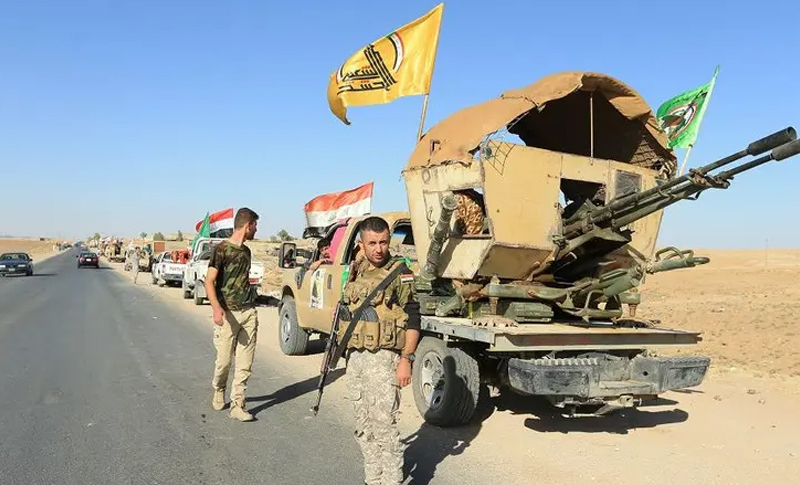
More on this story: Iranian IRGC deployed in Yemen to support Houthis
As neither Israel nor the Houthis gain an upper hand through military means, the longsuffering Yemeni people stand to be the biggest losers.
The conflict between Israel and the Houthis could escalate in several scenarios, each driven by regional dynamics, strategic calculations, and unintended consequences. Here are the most plausible escalation scenarios:
1. Expanded Missile and Drone Attacks
- Houthi Intensification: The Houthis could launch more frequent and sophisticated missile and drone attacks on Israeli territory, ports, or infrastructure, demonstrating their capabilities and commitment to the “Axis of Resistance.”
- Israeli Retaliation: In response, Israel may intensify airstrikes on Houthi-controlled areas in Yemen, targeting missile sites, ports, and leadership structures.
- Wider Regional Fallout: Increased attacks could draw in other regional players, such as Saudi Arabia or the UAE, given their proximity and shared interests in containing Houthi aggression.
2. Maritime Confrontation in the Red Sea
- Houthi Blockades: The Houthis could escalate attacks on Israeli-linked vessels or international shipping routes in the Red Sea, targeting tankers and commercial ships.
- Israeli Naval Response: Israel might deploy naval forces to protect its maritime interests, potentially leading to direct naval confrontations with Houthi forces.
- Global Economic Disruption: Such actions could threaten international shipping lanes, including the Bab el-Mandeb Strait, causing global economic repercussions and prompting international involvement.
3. Proxy Escalation through Allies
- Hezbollah Coordination: The Houthis could coordinate attacks with Hezbollah or other Iranian-backed militias, creating a multi-front challenge for Israel.
- Iran’s Role: Iran might provide more advanced weaponry or strategic guidance to the Houthis, increasing the lethality of their attacks and complicating Israeli defenses.
- Regional Proxy War: This could escalate into a broader proxy war involving Israel, Iran, and their respective allies across multiple theaters.
4. Spillover into Saudi Arabia and the Gulf
- Houthi Targeting of Gulf States: The Houthis might expand their attacks to include Saudi Arabia or the UAE, leveraging the conflict with Israel to pressure other regional actors.
- Arab-Israeli Cooperation: In response, Gulf states could strengthen military and intelligence cooperation with Israel, further solidifying their alignment against Iranian-backed groups.
- Regional Polarization: Such actions could deepen divisions in the Middle East, creating an intensified and polarized conflict landscape.
5. Civilian Casualties and Humanitarian Crisis
- Collateral Damage in Yemen: Israeli airstrikes on Houthi-controlled areas may exacerbate Yemen’s already dire humanitarian crisis, fueling anti-Israel sentiment and regional condemnation.
- International Pressure: Widespread civilian casualties could lead to increased pressure from the international community, potentially constraining Israel’s actions or emboldening Houthi propaganda.
6. Direct Iranian Involvement
- Iranian Retaliation: If Israel’s actions against the Houthis are perceived as targeting Iran’s strategic interests, Iran might escalate directly, potentially through missile strikes or cyberattacks.
- U.S. Involvement: Direct Iranian involvement could prompt U.S. intervention, especially if American assets or allies in the region are threatened.
7. Unintended Consequences and Miscalculations
- Accidental Engagements: Miscalculations or accidental targeting could draw neutral countries or international forces into the conflict, broadening its scope.
- Escalation to Full-Scale War: Continued tit-for-tat actions could spiral into a larger regional conflict, involving multiple state and non-state actors.
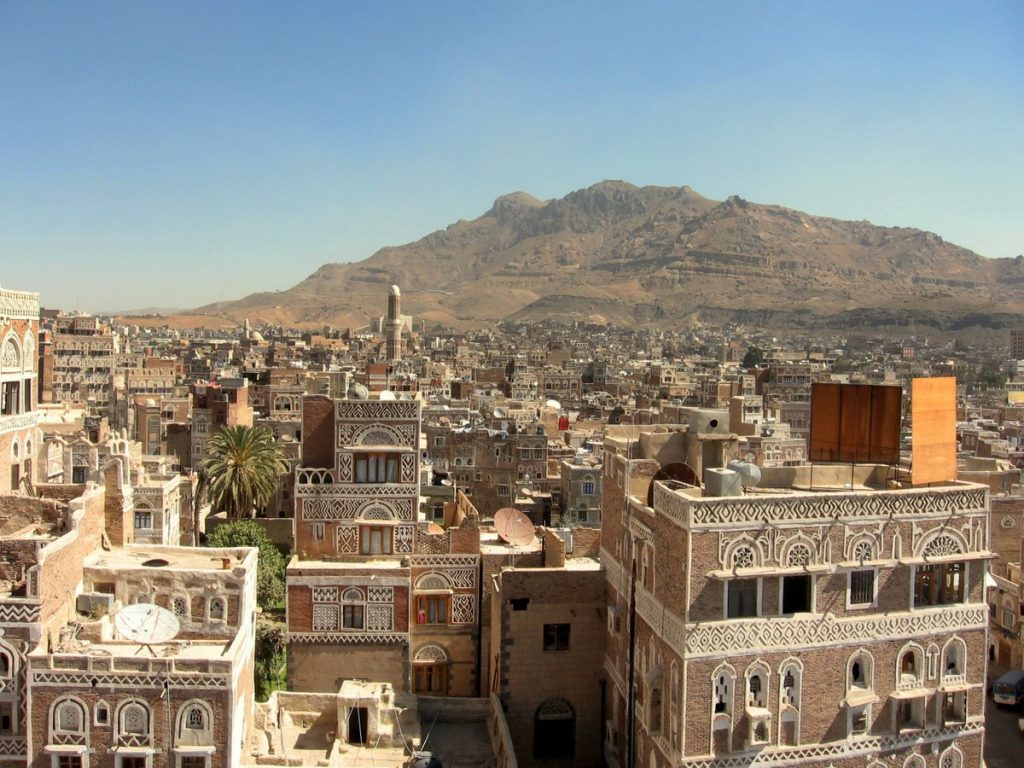
More on this story: Regional powers influence on the ongoing war in Yemen
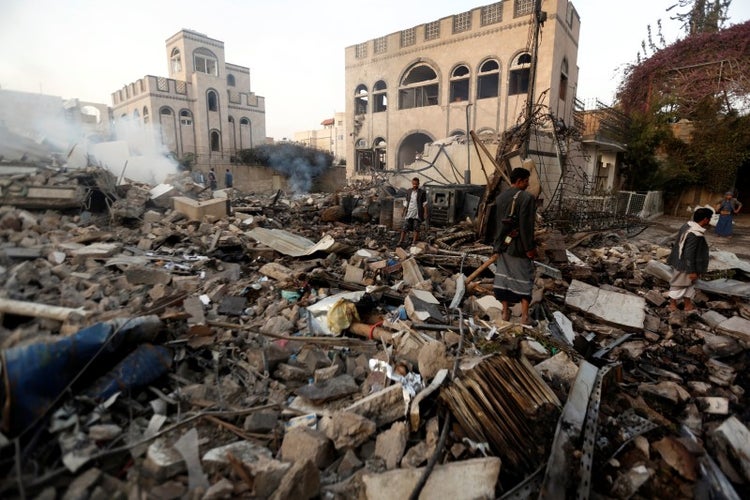
More on this story: The dead end of the Yemeni conflict
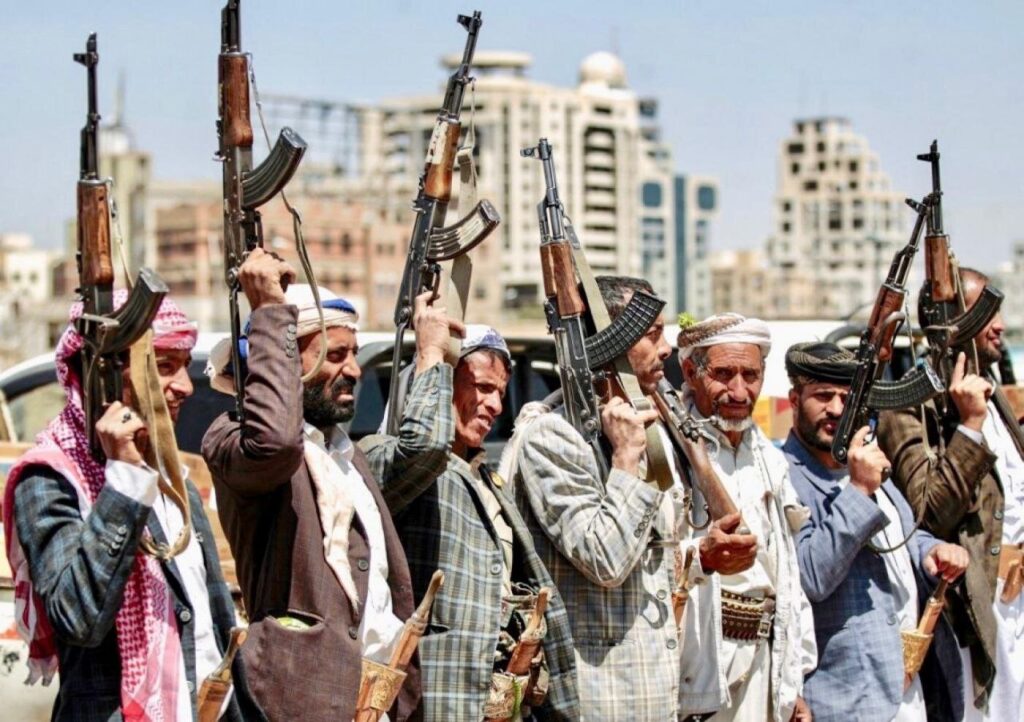
More on this story: Assessing Russia’s Strategic Gamble with Houthi Cooperation


